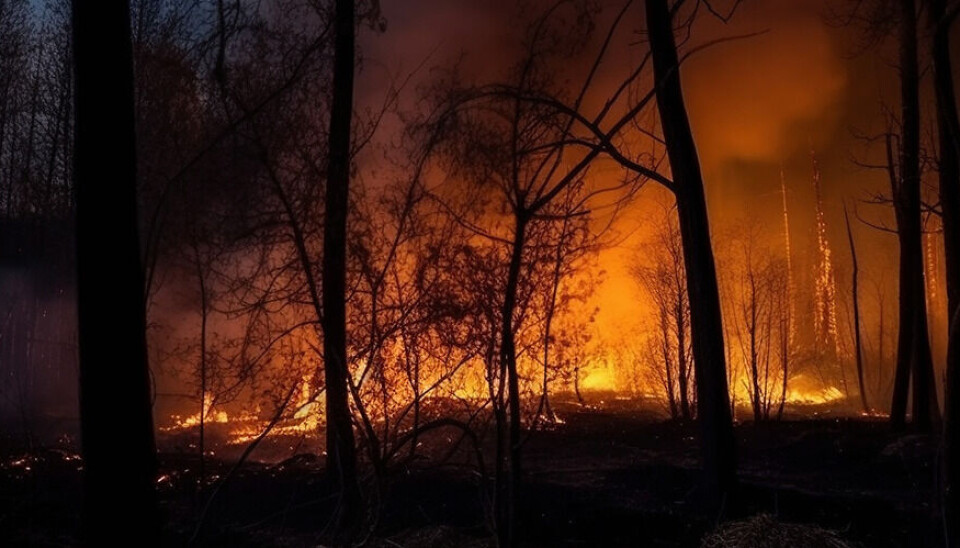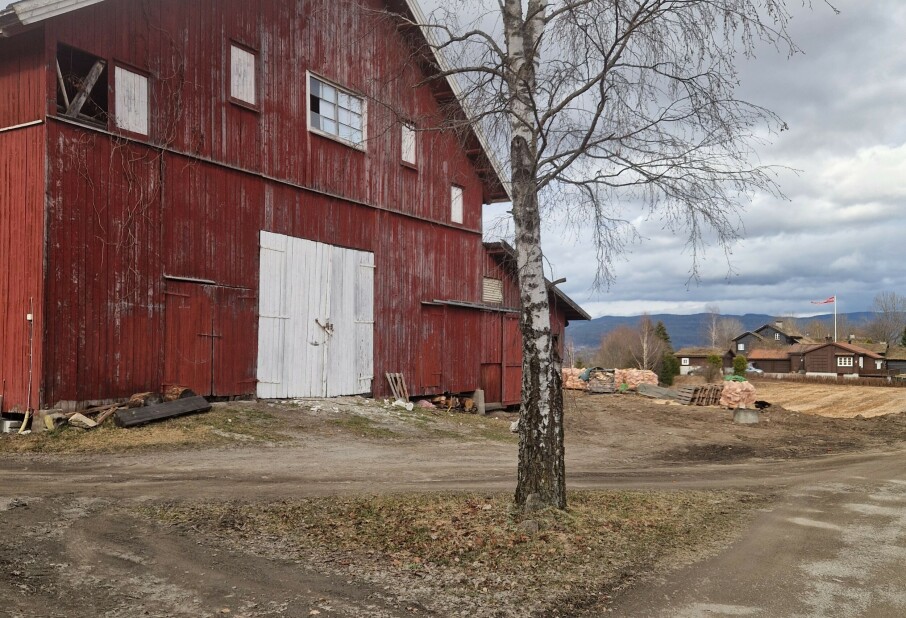THIS ARTICLE/PRESS RELEASE IS PAID FOR AND PRESENTED BY NILU - Norwegian Institute for Air Research - read more

Smoke from forest fires in Canada reaches Norway
Researchers have predicted how the smoke from the wildfires in Canada will move through the atmosphere.
The atmosphere and climate scientists at NILU have used the model FLEXPART in forecast mode to predict the smoke's movement.
As the video below shows, the smoke has moved over Greenland and Iceland since 1 June. It reached Norway today. The model is confirmed by observations at the Birkenes Observatory in southern Norway. Measuring instruments have detected increasing concentrations of aerosols.
“We may be able to see some haze or smell smoke,” senior scientist Nikolaos Evangeliou says. “However, we do not believe that the number of particles in the air here in Norway will be large enough to be harmful to our health.”
The concentration of smoke particles in the air in the affected areas of North America can certainly be harmful to health. Additionally, smoke and soot particles from forest fires can float through the atmosphere and settle on ice and snow-covered surfaces, such as the Greenland ice sheet. There, they can contribute to darkening the surface, causing it to absorb more solar radiation and contribute to atmospheric warming
This effect is an significant reason why climate and atmospheric scientists monitor particles in the atmosphere at observatories all over the world, including Birkenes in Agder, Zeppelin on Svalbard, and Trollhaugen in Antarctica.

This article/press release is paid for and presented by NILU - Norwegian Institute for Air Research - read more
This content is created by NILU's communication staff, who use this platform to communicate science and share results from research with the public. NILU is one of more than 80 owners of ScienceNorway.no. Read more here.
See more content from NILU:
-
How do you design a healthier place to live?“I would prioritise easy, car-free access to everything you need in your daily life"
-
Fires in tropical forests affect more than just the forests
-
Engineer Sam Celentano found 222 grams of gold in a laboratory. What was it doing there?
-
Air pollution levels are still too high across Europe
-
Researchers have discovered how biological particles affect the clouds over the Arctic
-
Smoke from Canada is still coming in over Norway




































